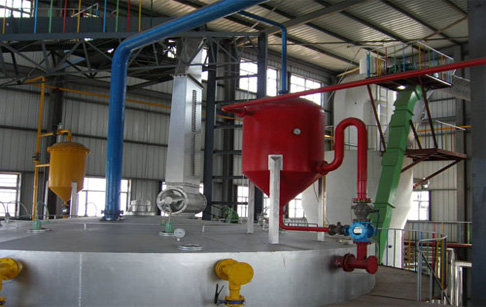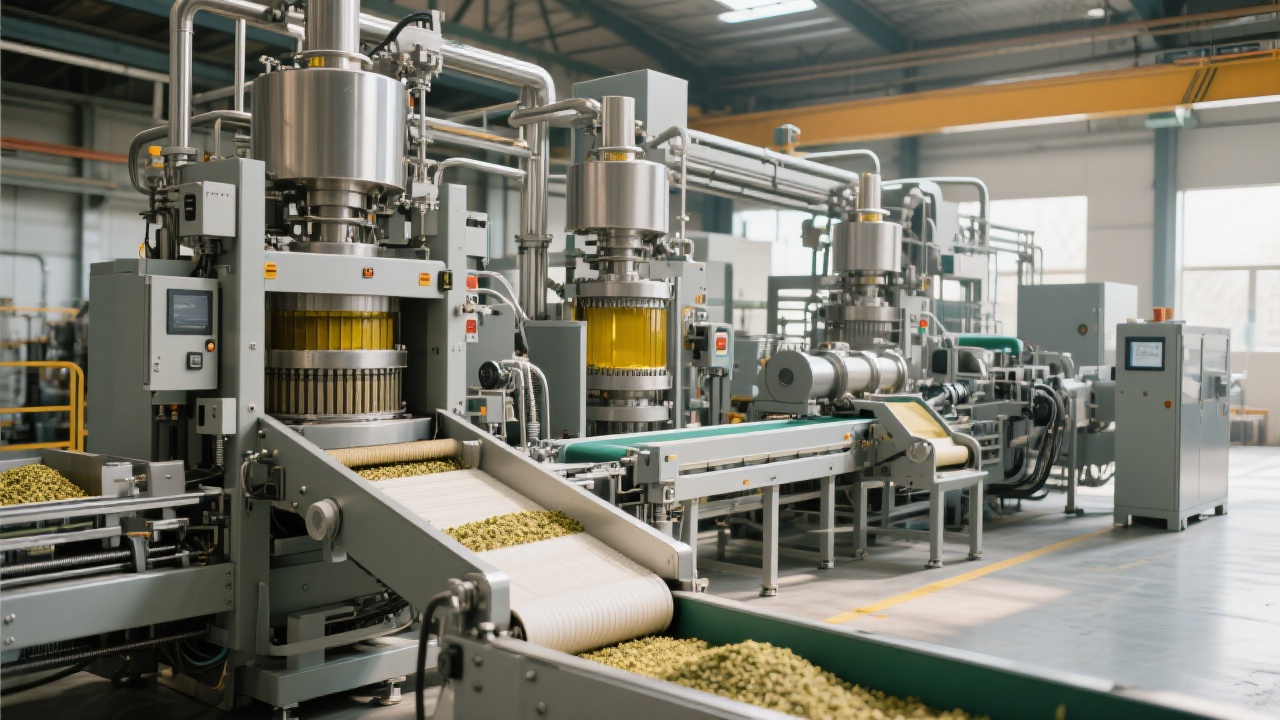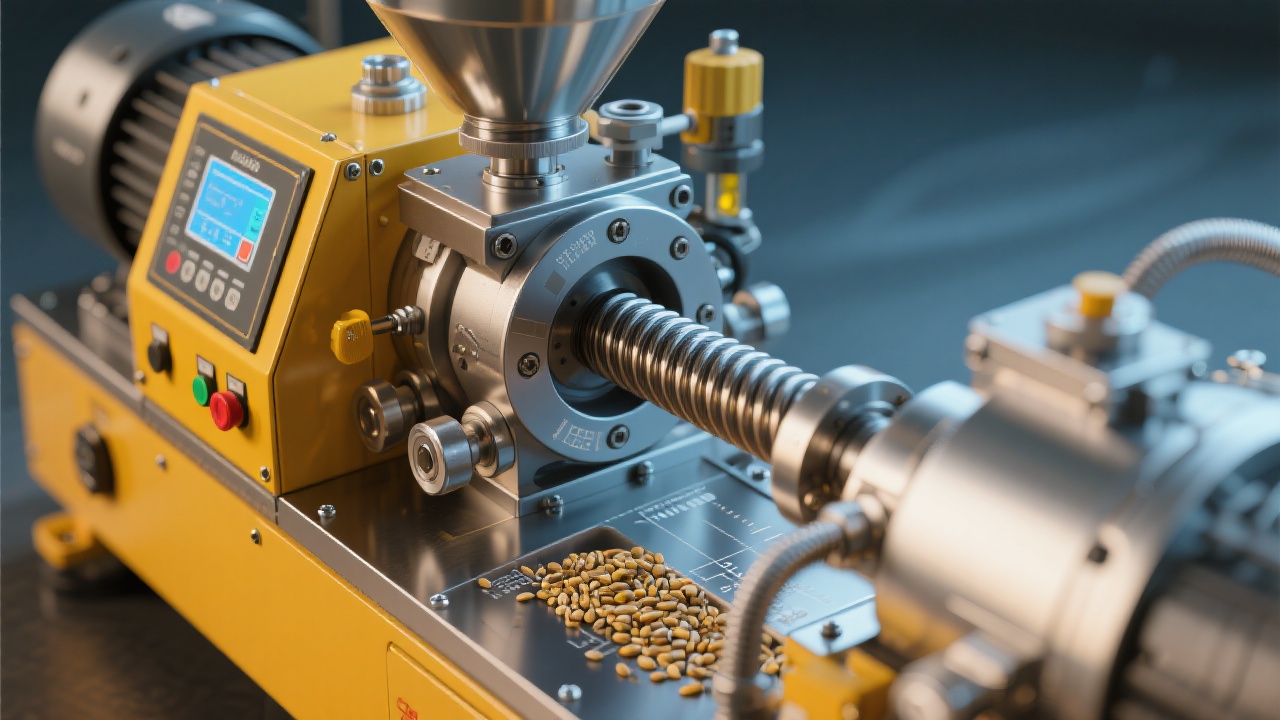
In the sunflower oil pressing industry, high energy consumption has long been a prevalent issue troubling many processing plants. This article delves into practical solutions and real - world cases to show how to reduce energy consumption by 5% through technical upgrades in four key process stages: cleaning, shelling, pressing, and filtering.
Currently, most sunflower oil processing plants face the challenge of high energy consumption. On average, a medium - sized oil plant consumes about 200 kWh of electricity per ton of sunflower seeds during the pressing process. This high energy demand not only increases operating costs but also goes against the trend of green production.

In the cleaning process, the presence of impurities in sunflower seeds can increase the load on subsequent equipment, leading to higher energy consumption. For example, if the impurity content is more than 5%, the energy consumption of the whole process may increase by about 3%.
Inefficient shelling can result in a large amount of shell remaining in the seeds, which not only reduces the oil yield but also requires more energy during the pressing process. An inefficient shelling machine may leave more than 10% of the shells, increasing energy consumption by about 4%.
The parameters of the screw press, such as rotation speed and pressure, have a significant impact on energy consumption. Incorrect settings can lead to over - pressing or under - pressing, both of which waste energy. A poorly adjusted press may consume 10% more energy than an optimized one.
A high - resistance filtering system requires more power to drive the oil through the filter, increasing energy consumption. A traditional high - resistance filter may consume about 8% more energy compared to a low - resistance design.
Upgrading to a high - efficiency shelling machine can improve the raw material utilization rate. For example, a new - type shelling machine can reduce the remaining shell rate to less than 3%, thereby reducing energy consumption in the subsequent pressing process.
By adjusting the rotation speed and pressure of the screw press, the energy consumption can be effectively reduced. Through experiments, it is found that optimizing the parameters can reduce the energy consumption of the press by about 7%.
Adopting a low - resistance filtering system can significantly reduce the energy required for filtering. A well - designed low - resistance filter can cut the filtering energy consumption by up to 15%.
A medium - sized oil plant implemented the above - mentioned energy - saving measures. Before the transformation, the annual electricity consumption was about 600,000 kWh, and the oil yield was 38%. After the transformation, the annual electricity consumption decreased to about 480,000 kWh, saving more than 120,000 kWh per year, and the oil yield increased to 40%. The following table shows the comparison:
| Index | Before Transformation | After Transformation |
|---|---|---|
| Annual Electricity Consumption (kWh) | 600,000 | 480,000 |
| Oil Yield (%) | 38 | 40 |

For small - scale workshops, semi - automated equipment with lower investment can be selected, which can reduce energy consumption by about 3%. For industrial - scale plants, fully automated production lines with advanced energy - saving technologies are recommended, which can achieve a 5% - 8% reduction in energy consumption.
"Energy - saving in sunflower oil pressing is not only an environmental responsibility but also a core competitiveness for enterprises to reduce costs and improve efficiency." - An industry expert
In conclusion, energy - saving in sunflower oil pressing is achievable through technical upgrades and process optimization. Whether you are a technical director or a procurement decision - maker, you can obtain a practical green production strategy from this article. If you want to learn more about the automation level suitable for your plant or get a customized pressing solution, click here.


